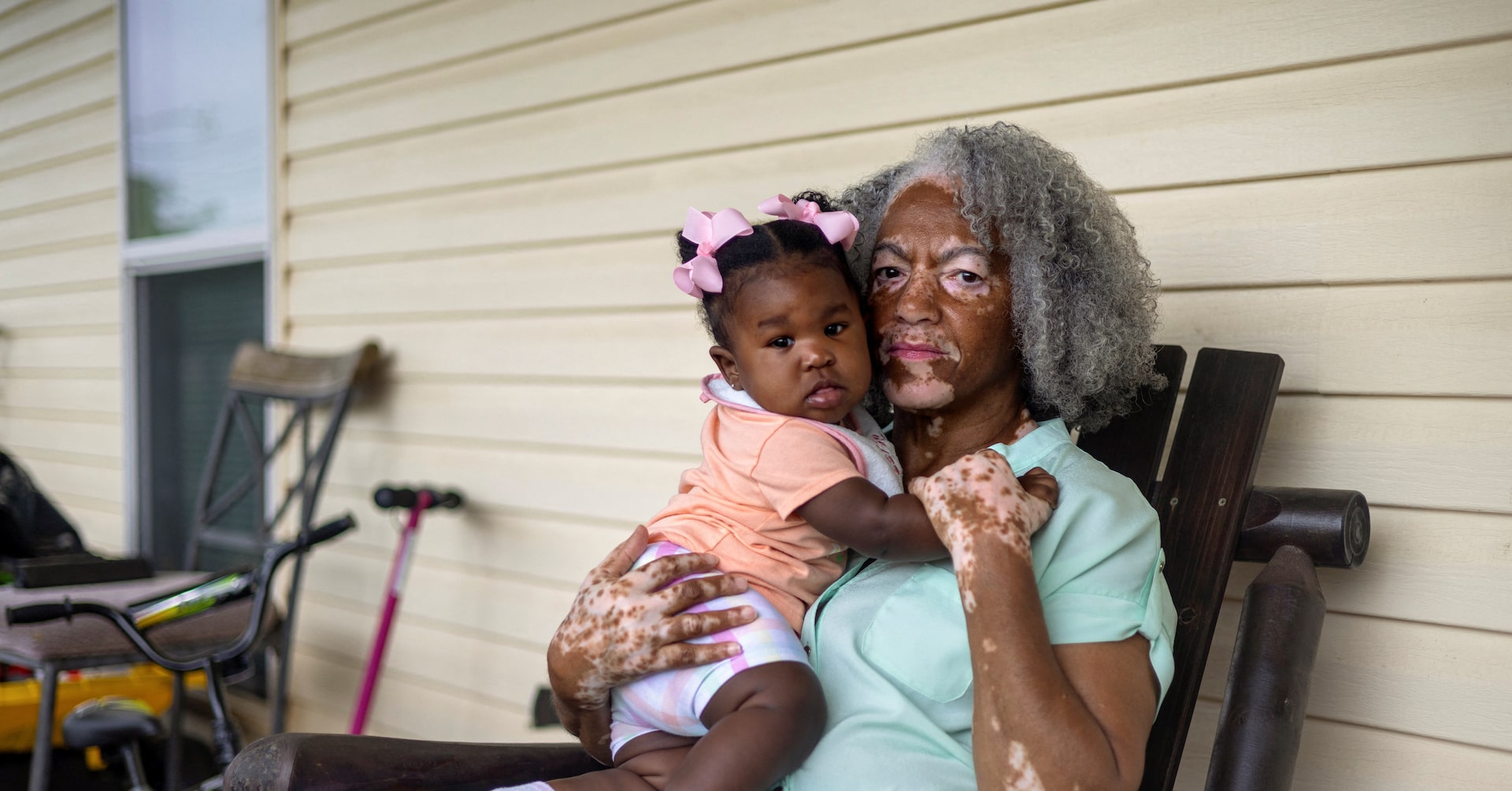Toxic Fallout: Trump's EPA Rollback Threatens Minority Neighborhoods

In the heart of Louisiana's infamous "Cancer Alley," Lydia Gerard cradles her infant great-granddaughter, her weathered hands gently tracing the baby's delicate features. A shadow of worry crosses her eyes as she contemplates the harsh reality that has claimed the lives of so many in her community—friends, family members, and neighbors who have fallen victim to a devastating epidemic of cancer.
The industrial corridor stretching along the Mississippi River has long been a silent killer, earning its grim nickname through decades of environmental challenges. As Lydia looks at the innocent child before her, she can't help but wonder about the potential health risks that linger in the air, water, and soil of their hometown—a place where industrial progress has come at a devastating human cost.
Her great-granddaughter represents hope and future, yet she is also a poignant reminder of the uncertain legacy left behind by years of industrial pollution and environmental neglect. With each gentle breath, the baby symbolizes both vulnerability and resilience in a community that has endured so much.
